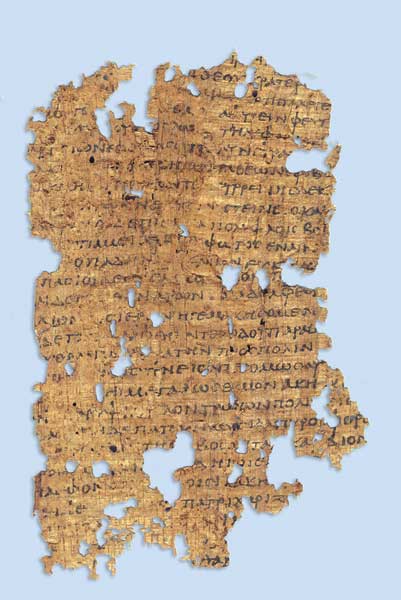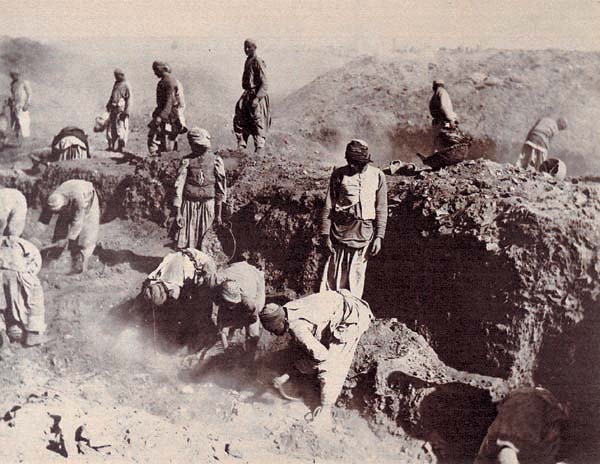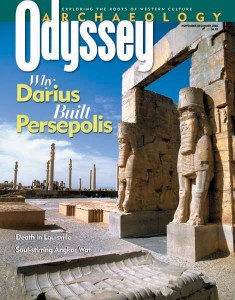Infrared Imaging Recovers “Lost” Greco-Roman Texts

In 1896 the world’s largest cache of classical documents was discovered in ancient rubbish mounds in the central Egyptian town of Oxyrhynchus (modern el-Bahnasa). (The photo shows the site during excavations conducted around 1903.) Although a number of the 400,000 Greek and Roman manuscript fragments have been published, many were so blackened and worm-eaten that they were completely illegible.
Last spring specialists at Oxford University and Brigham Young University used infrared technology developed from satellite imaging to recover damaged script from some Oxyrhynchus documents. These documents include previously unknown works of Sophocles and Hesiod, as well as early Islamic writings and Christian epistles not included in the New Testament.

Oxyrhynchus became a regional capital after the Greek conquest of Egypt in 332 B.C., and its residents therefore accumulated a lot of paperwork. For more than 1,000 years, Oxyrhynchus’s paper detritus—invoices, administrative and military correspondence, tax records, licenses and even students’ jottings—was carted off to dumps outside town. Luckily for archaeologists, papyrus was expensive and frequently reused. A document containing a simple listing of agricultural purchases on one side might well turn out to have lines from a long-lost play by Euripides on the other.
Already a library member? Log in here.
Institution user? Log in with your IP address.

